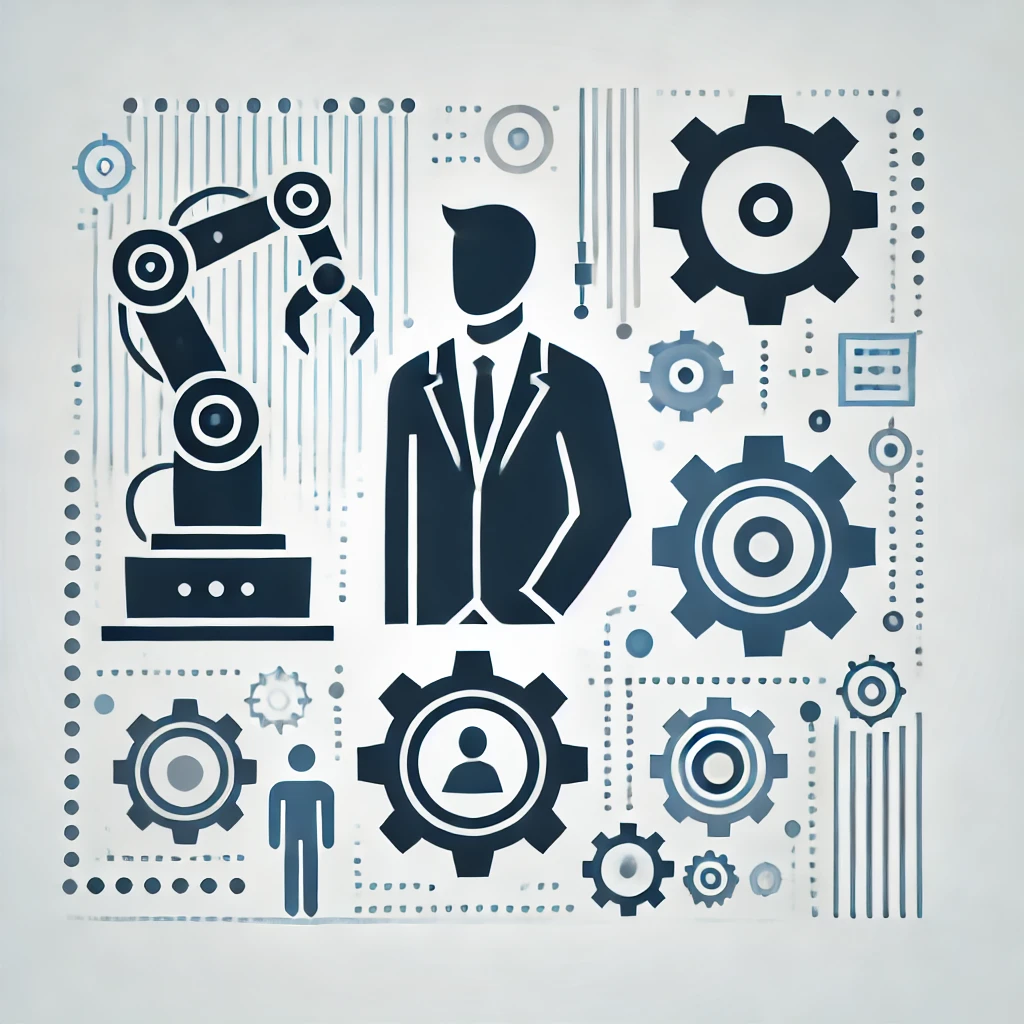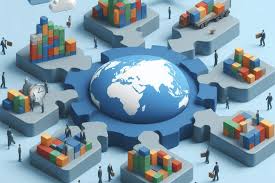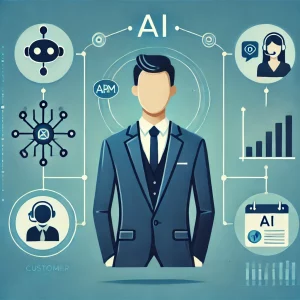How Automation is Reshaping the Workforce

Automation, once viewed as a futuristic concept, is now an integral part of industries worldwide. It refers to the use of technology to perform tasks that would otherwise require human intervention. From manufacturing lines to data processing, automation is reshaping the workforce in profound ways. While automation promises increased efficiency, productivity, and cost savings, it also raises questions about its impact on employment, job roles, and skills. This article explores how automation is transforming the workforce, the opportunities it creates, and the challenges it presents.
1. The Rise of Automation in the Workforce
Automation has been around for decades, but its capabilities have expanded significantly in recent years. Advances in robotics, artificial intelligence (AI), machine learning, and the Internet of Things (IoT) have made automation more intelligent, flexible, and accessible. The rise of smart technologies has allowed machines to perform complex tasks that were once reserved for humans, such as analyzing large data sets, managing supply chains, and even interacting with customers.
Industries such as manufacturing, logistics, retail, and healthcare have been among the first to adopt automation technologies. For instance, in manufacturing, robots are now used for tasks ranging from assembling parts to packaging products. In logistics, automation has streamlined warehouse operations, with robots sorting, packing, and delivering items with minimal human oversight. Meanwhile, in the retail industry, automation has enabled faster inventory management and cashier-less checkouts.
The COVID-19 pandemic accelerated the adoption of automation, as businesses sought ways to maintain operations while minimizing human contact. Remote work, digital collaboration tools, and automated customer service solutions became essential for companies to continue functioning during lockdowns and social distancing measures.
2. The Impact on Job Roles and Employment
The widespread implementation of automation is having a profound impact on the workforce. Some jobs are being displaced by machines, while others are being augmented or transformed to leverage automation technologies. The impact varies depending on the industry, the nature of the job, and the level of automation introduced.
Job Displacement
Automation has led to the elimination of certain job roles, especially those that involve repetitive and routine tasks. Manufacturing jobs, in particular, have been significantly affected, as machines can perform tasks such as assembling, welding, and painting with greater precision and speed than humans. Similarly, jobs in data entry, customer service, and retail checkout are increasingly being automated, reducing the need for human workers in these positions.
For example, the rise of self-checkout kiosks in supermarkets and the use of chatbots in customer service have minimized the need for cashiers and customer service representatives. While these technologies improve efficiency and reduce costs for businesses, they also displace workers who would traditionally fill these roles.
Job Transformation and Augmentation
While automation has displaced certain jobs, it has also transformed others. Many roles are evolving to work alongside automated systems, requiring workers to develop new skills to manage, monitor, and maintain automated technologies. For instance, factory workers who once performed manual labor may now be tasked with overseeing robotic systems, ensuring they are functioning correctly, and intervening when problems arise.
In customer service, automation has augmented human roles rather than replacing them entirely. AI-powered chatbots can handle routine inquiries, but human agents are still needed to manage complex issues that require empathy, judgment, or creativity. Similarly, in fields like healthcare, automation technologies such as robotic surgery and diagnostic tools can assist doctors, but medical professionals are still essential for making final decisions and providing patient care.
In some cases, automation can increase the productivity of workers. For instance, AI-powered software tools can analyze large volumes of data more efficiently than humans, allowing employees to make better-informed decisions in less time. This type of augmentation allows employees to focus on higher-value tasks that require critical thinking and creativity, rather than spending time on repetitive activities.
Creation of New Jobs
As automation replaces certain jobs, it also creates new opportunities. Many of the jobs that are being created require technical skills related to the development, implementation, and maintenance of automation technologies. For example, the rise of robotics has led to an increased demand for engineers and technicians who can design, program, and repair robotic systems. Similarly, the growing use of AI in various industries has created a need for data scientists, machine learning specialists, and AI ethicists.
Automation also gives rise to new business models and industries. For instance, the emergence of autonomous vehicles is creating opportunities in sectors like logistics, insurance, and urban planning. Similarly, as companies increasingly rely on automation to improve their operations, new opportunities arise for software developers, cybersecurity experts, and cloud computing professionals.
3. Automation and Skills Development
To thrive in a workforce increasingly shaped by automation, workers must adapt by acquiring new skills. Many jobs in the future will require a combination of technical expertise and soft skills. For instance, workers in fields like healthcare, education, and the arts will need to balance technological proficiency with creativity, empathy, and critical thinking.
Technical Skills
One of the most important skills for workers in an automated economy is technical literacy. As automation continues to evolve, workers need to understand how to interact with and manage automated systems. This includes knowledge of robotics, AI, machine learning, data analysis, and cybersecurity. Familiarity with programming languages like Python, Java, and R will be increasingly important in roles across industries.
Training and upskilling initiatives are essential for workers to acquire these technical skills. Many companies are investing in employee development programs that teach coding, data analytics, and automation technologies. Additionally, online platforms like Coursera, Udacity, and LinkedIn Learning offer courses and certifications to help workers develop the skills needed for the automated workforce.
Soft Skills
While technical skills are crucial, soft skills such as problem-solving, communication, and emotional intelligence will continue to be in high demand. Many jobs of the future will require workers to collaborate with automated systems, make decisions based on data insights, and communicate effectively with colleagues, customers, and stakeholders. These human-centric skills cannot be easily replicated by machines, making them valuable in an increasingly automated world.
For example, in customer service, while chatbots can handle basic inquiries, human agents will still need to provide a personalized touch and manage situations that require empathy or complex decision-making. Similarly, in management roles, workers will need to leverage their leadership, negotiation, and conflict-resolution skills to oversee teams that work alongside automated systems.
4. The Future of Automation and the Workforce
The future of automation is full of potential, but it also presents challenges. As automation continues to advance, it will reshape not only the jobs that exist today but also how work is structured. Workers will increasingly be required to engage in continuous learning and adapt to new technologies. Organizations must invest in reskilling initiatives and provide opportunities for workers to develop the skills needed for the automated future.
Governments, too, will play a crucial role in managing the impact of automation on employment. Policies that promote education, social safety nets, and worker transition programs will help ensure that the benefits of automation are widely shared. Additionally, measures that foster innovation and entrepreneurship can create new industries and business opportunities that harness the power of automation.
Conclusion
Automation is reshaping the workforce by transforming job roles, creating new opportunities, and demanding new skills. While automation has led to the displacement of certain jobs, it has also augmented human roles and created entirely new industries. As the workforce evolves, workers must develop both technical and soft skills to remain competitive in an increasingly automated world. By embracing automation and fostering skills development, organizations and workers can thrive in the rapidly changing landscape of work. The future of automation promises to be a collaborative one, where humans and machines work together to achieve new heights of productivity, innovation, and creativity.






